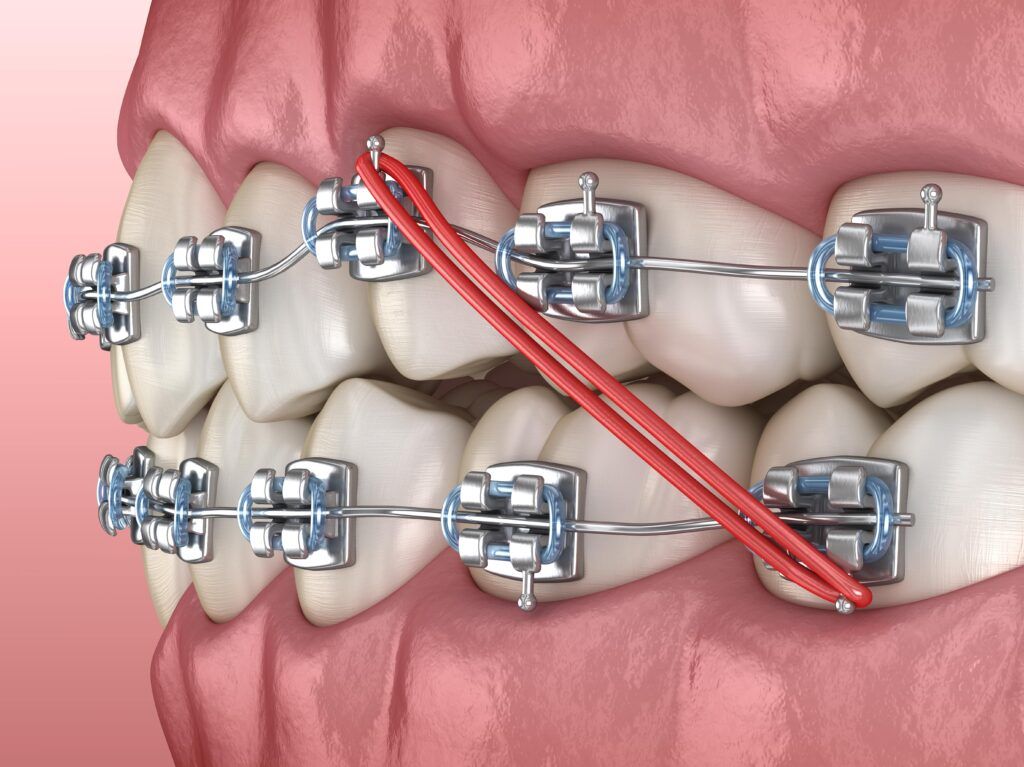How Cumming Orthodontics Can Transform Your Smile with Invisalign and Braces
Comprehensive Guide to Orthodontics Treatments for Fixing Oral Imbalances
Recognizing the ins and outs of each procedure, including their mechanisms, benefits, and possible downsides, is essential in making notified choices regarding one's orthodontic therapy. As we navigate through the extensive overview to orthodontic treatments for remedying dental misalignments, the complex details of each approach will unravel, shedding light on the path towards a practical and harmonious oral alignment.
Orthodontic Procedures Introduction

In enhancement to clear aligners and traditional dental braces, orthodontists may likewise advise other interventions like headwear, palatal expanders, or retainers to resolve details positioning concerns (cumming invisalign). These treatments are tailored to every client's unique demands and might involve a mix of therapies to achieve the preferred outcomes. Normal adjustments and surveillance are vital parts of orthodontic treatment to make sure progression is on track and to make any type of essential adjustments along the means. By undergoing orthodontic procedures, clients can not just attain a straighter grin however likewise boost their total oral health and function.
Standard Braces: How They Function
When considering orthodontic therapies for dental imbalances, conventional braces attract attention as a tried and true method for dealing with teeth positioning. Typical dental braces include braces, cables, and bands that function together to use constant stress on the teeth, slowly relocating them into the wanted positioning. The braces are connected to the teeth using an unique adhesive, and the cables are threaded via the braces. By adjusting the stress of the wires, orthodontists can control the instructions and force put on each tooth, leading them into correct positioning over time.
One trick facet of how conventional braces work is the procedure of bone remodeling. As stress is put on the teeth with the braces, the bone bordering the teeth is improved to support the brand-new tooth positions. This renovation is crucial for the long-term stability of the remedied placement. Patients will certainly require normal adjustments at the orthodontist's office to guarantee the braces continue to apply the right stress for reliable teeth activity.
Undetectable Aligners: Disadvantages and pros
Undetectable aligners use a convenient and discreet choice to typical dental braces for remedying dental misalignments. These clear, customized trays are practically invisible when put on, making them an enticing choice for individuals seeking a much more cosmetically pleasing orthodontic therapy. Among the main advantages of unnoticeable aligners is their removability, permitting less complicated maintenance of dental hygiene compared to conventional braces. People can eliminate the aligners before consuming or brushing their teeth, minimizing the threat of food obtaining stuck in the device and streamlining the cleaning procedure.

Surgical Orthodontic Options
Surgical interventions in orthodontics existing viable options for dealing with intricate dental misalignments that may not be effectively dealt with through traditional orthodontic therapies. While unseen aligners and traditional dental braces can remedy numerous orthodontic problems, certain cases need surgical intervention to achieve optimum outcomes. Surgical orthodontic choices are usually suggested for serious malocclusions, significant jaw discrepancies, and instances where the underlying bone framework needs modification to attain appropriate positioning.
One common medical orthodontic procedure is orthognathic surgical treatment, which involves rearranging the jaws to fix functional concerns such as trouble speaking or chewing. This surgical procedure is typically performed in cooperation with an orthodontist that assists align the her response teeth prior to and after the procedure. Surgical orthodontics might also entail procedures to reveal impacted teeth, get rid of excess gum tissue, or reshape the jawbone to develop a much more unified facial account.
Prior to considering medical orthodontic options, individuals undergo a thorough examination to determine the need and potential advantages of such interventions. braces. While surgical procedure may appear challenging, it can dramatically boost both the function and visual appeals of the smile in situations where standard orthodontic treatments fall short
Retainers and Post-Treatment Treatment

Post-treatment treatment entails following the orthodontist's directions faithfully. This might include proper oral hygiene techniques, participating in follow-up appointments, and wearing the retainers as recommended. Failure to adhere to post-treatment treatment guidelines can cause relapse, where the teeth progressively move back in the direction of their initial settings. Regular retainer wear, good oral health, and normal dental exams are necessary for maintaining the outcomes attained through orthodontic surgical procedure and making certain the long-term stability of the remedied dental placement.
Verdict
Finally, orthodontic procedures use numerous options for remedying dental misalignments. Standard dental braces make use of metal brackets and cords to change teeth into proper alignment. Unseen aligners offer an even more very discreet alternative however might not be suitable for all cases. Surgical orthodontic alternatives are readily available for much more extreme imbalances. Retainers are generally used post-treatment to preserve the brand-new positioning. Overall, orthodontic procedures can successfully improve oral wellness and visual look.
As we navigate through the extensive guide to orthodontic procedures for fixing dental imbalances, the complex information of each method will unravel, shedding light on the path toward a unified and functional oral alignment. - invisalign
One of the most typical orthodontic treatments is the usage of braces, which consist of metal brackets and cords that use gentle pressure to slowly change teeth right into the desired setting.When considering orthodontic treatments for dental imbalances, typical dental braces stand out as a tried and true method for remedying teeth positioning. Additionally, invisible aligners might not be appropriate for have a peek at this website complex orthodontic issues that call for even more considerable teeth movement, as they are typically suggested for light to moderate situations. Retainers are customized orthodontic tools developed to hold teeth in their dealt with placements after the conclusion of orthodontic treatment.